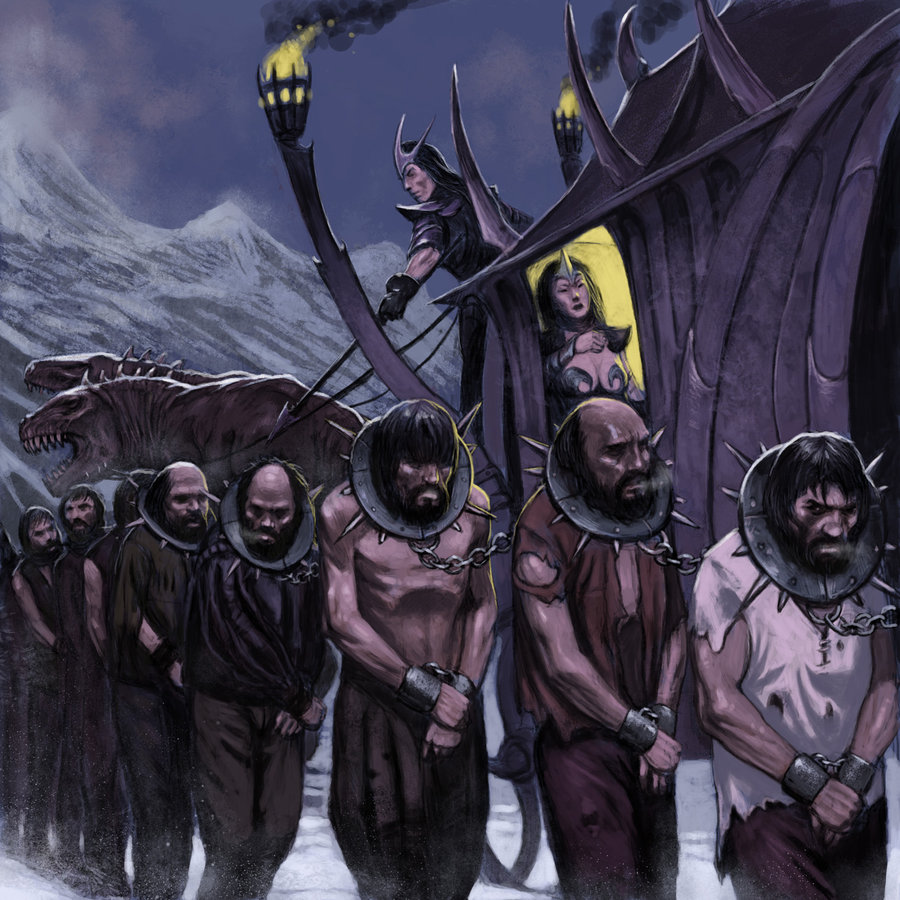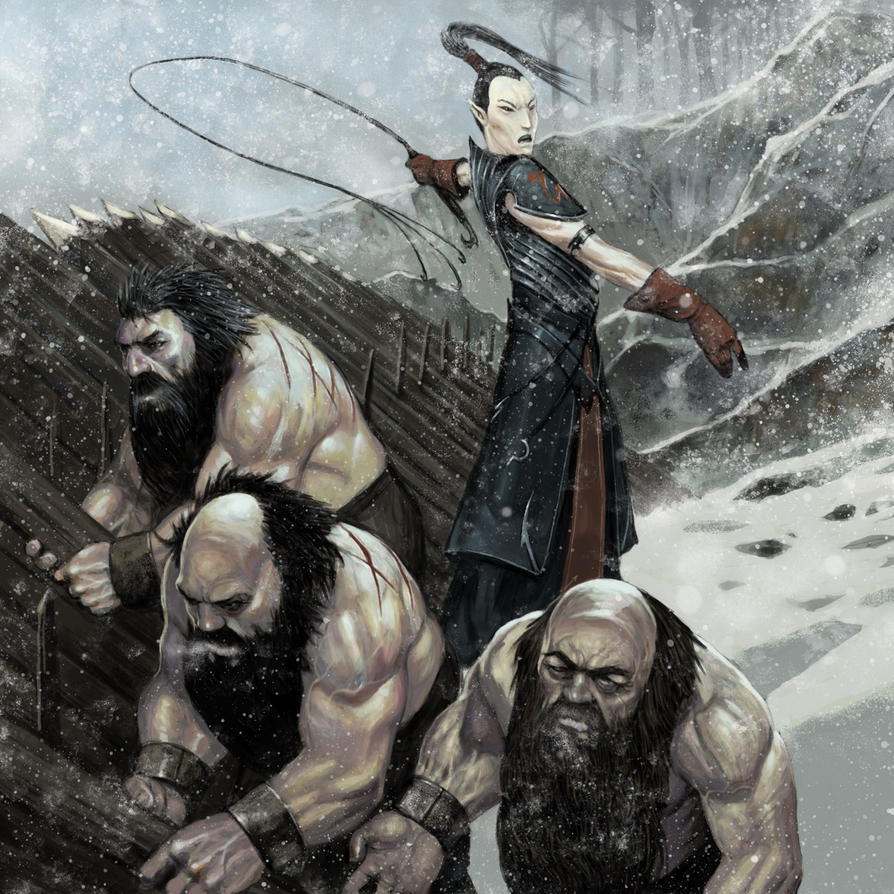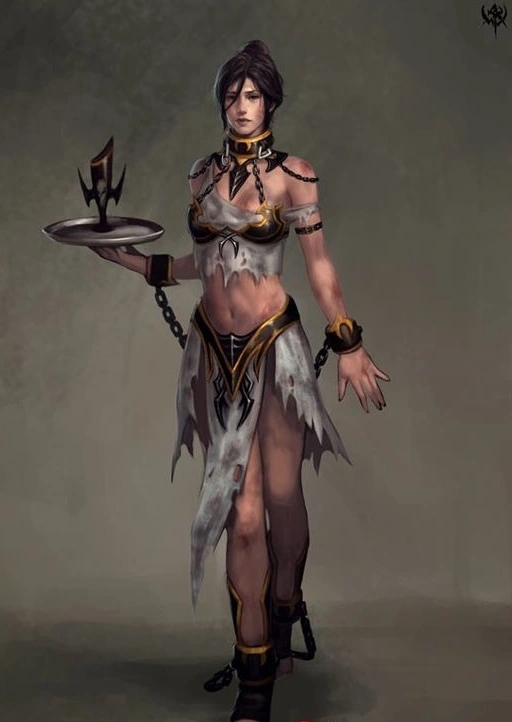Admiral:
Background: Slavery was an ancient institution which was originally universal to all settled human cultures across the world with high enough population levels. One could be made a slave through debts, or trickery, or kidnapping, or one’s family’s desperate need for food (or worse yet, intoxication…), or by being the victim of highwaymen, or by becoming a prisoner of war. But one of the most common ways to become a slave through most of history was through the feared slave raid. Mounted on horseback, or running on foot, or in chariots, or on camels, or in swift ships did parties of men bear down upon isolated farmsteads and villages or stray people out in the fields. This was a scourge since time immemorial to the common man and woman who did not enjoy a fortified home or who happened to be working outside the palisade when the raiders struck.
Especially mines required a huge number of new slaves to keep operations going in the face of grueling attrition rates in their hellish work environment, and there are signs in archaeology that the Bronze Age Central European copper mines were served by slave hunters who scoured the lands far and wide, or simply by warring tribes who sold on their captured enemies.
Those areas most vulnerable to slavers were always those hardest to defend. For a time, the coasts and rivers of much of Europe became such an exposed underbelly where Viking raiders could strike like lightning and carry off booty and victims at will across the vast tracts facing the sea or the rivers of Europe. And river raiding aside, pirate raids against the coasts have been common from distant antiquity (e.g. Achaeans, Illyrians, the pirates subdued by Pompey, the Veneti) all the way up to the 19th century French conquest of the Barbary states, and the British dismantling of the slaver economy centered on Zanzibar off East Africa’s coast.
However, just like water has always been a highway, so were the vast steppes stretching from Ukraine to Manchuria a violent place for many thousands of years that allowed riders to travel long distances quickly and strike with few natural obstacles in their way (the Songhai and like raiders in West Africa is a parallell). The steppes of Eurasia were a breeding ground for warlike riders who excelled at raiding, and the westernmost quarter of this steppe band, the Pontic Steppe in today’s Ukraine and southern Russia, was famous for its nomads who supplied the urbanized societies further south with a constant stream of slaves for millennia. A succession of Scythians, Sarmatians, Goths, Avars, Pechenegs, Khazars, Kievan Rus, Tatars and still other tribes were the ferocious rulers of the steppe and the terror of all surrounding peoples and all subject populations for untold centuries.
And since the days of Greek colonization on the Crimean peninsula and around the sea of Azov, there existed a number of walled cities who lived in eternal fear of the steppe warriors with whom they had to reach some form of agreement (heavy archers were a novelty for the Greeks here who desperately sought to counter the mounted archery of their foes). The settlers here cultivated the nutritious soil for grain, traded with the inland tribes for such wares as fur, but above all these port cities profited from the Black Sea slave trade, for which they formed the thriving hub.
To get a sense of how perilous life was like for those living on the Pontic Steppe or in surrounding lands, do check out this article by Mike Dash. It deals with the slaver period of the Crimean Khanate and how Finns were an exotic luxury slave goods, yet also resounds deeply with earlier, forgotten centuries. By all means read, and gain a glimpse of how life could be like for those who were not lordly horse archers or coastal city traders in Eastern Europe.
Of particular interest to fantasy readers given Tolkien’s use of this theme in both the First Age (Tuor) and the Third Age (Wainsriders and so on). And of course, don’t forget the Hobgoblins… :h
[align=center] [/align]
[/align]

 [/align]
[/align]
 [/align]
[/align] [/align]
[/align]